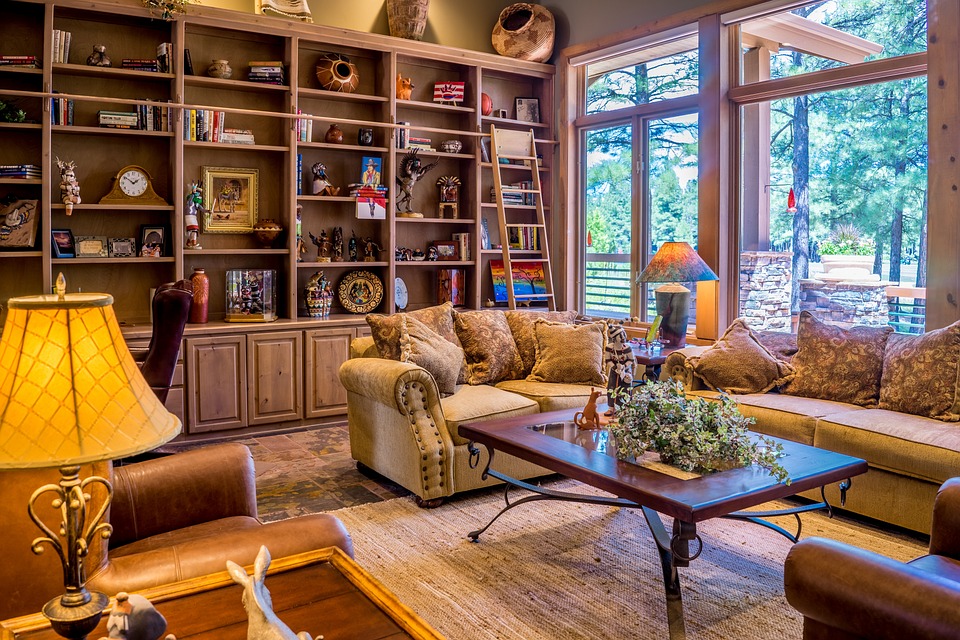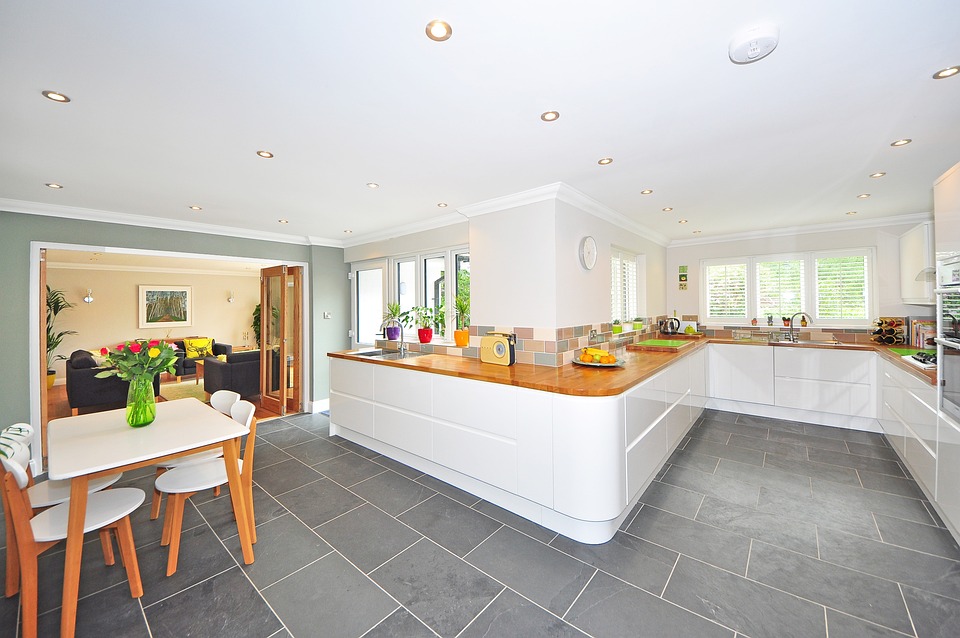Master the Art of Furniture Arrangement: Transform Your Space
Introduction:
Furniture arrangement plays a crucial role in creating a harmonious and visually appealing living space. It is an art that requires careful consideration of various factors, including room size, furniture dimensions, functionality, and aesthetic appeal. By mastering the art of furniture arrangement, you can transform your space into a haven of comfort and style. In this blog article, we will explore the key principles and techniques to help you achieve the perfect furniture arrangement.
1. Assessing your Space:
Before diving into furniture arrangement, it is essential to assess your space thoroughly. Measure the dimensions of the room, taking note of any architectural features such as windows, doors, or columns. Understanding the layout of the space will guide your furniture placement decisions and ensure optimal utilization of the available area.
2. Establish a Focal Point:
Every well-designed space needs a focal point that draws attention and anchors the room. Identify the existing or create a focal point in your room, such as a fireplace, a large window with a scenic view, or a captivating piece of artwork. Once you have established the focal point, arrange your furniture around it to create a cohesive and visually appealing layout.
3. Consider Traffic Flow:
To create a functional and comfortable space, it is crucial to consider the traffic flow within the room. Arrange your furniture in a way that allows for easy movement and avoids obstructing pathways. Ensure there is enough space for individuals to navigate through the room without feeling cramped or restricted.
4. Proportion and Scale:
Proper proportion and scale are key elements in achieving a visually pleasing furniture arrangement. Consider the size of your furniture pieces and how they relate to the size of the room. Avoid overcrowding by selecting furniture that fits well within the space without overpowering it. Mixing different heights and widths of furniture can add visual interest and balance to the arrangement.
5. Create Conversation Areas:
One of the primary functions of a living space is to facilitate conversation and interaction. Create intimate conversation areas by arranging seating options in a way that encourages face-to-face communication. Position sofas and chairs in a circular or L-shaped configuration, ensuring that individuals can comfortably engage with each other.
6. Balance and Symmetry:
Achieving balance and symmetry in furniture arrangement helps create a sense of harmony and order in the room. Balance can be achieved by distributing visual weight evenly throughout the space. For example, if you have a large piece of furniture on one side, balance it with multiple smaller pieces on the other side. Symmetry, on the other hand, involves arranging furniture in a mirror-like fashion, creating a sense of equilibrium.
7. Utilize Vertical Space:
To make the most of your room’s vertical space, consider incorporating tall furniture pieces such as bookshelves or floor-to-ceiling curtains. This not only adds visual interest but also maximizes storage and display opportunities. Utilizing vertical space can also create the illusion of higher ceilings, making the room appear more spacious.
8. Experiment with Layouts:
Don’t be afraid to experiment with different furniture layouts until you find the one that suits your space and personal style. Start by creating a basic floor plan and move your furniture pieces around virtually or physically. This allows you to visualize different arrangements and determine the most functional and aesthetically pleasing option.
FAQs:
Q1: How can I make a small living room appear larger?
A1: To make a small living room appear larger, utilize light-colored furniture and paint, incorporate mirrors to create an illusion of depth, and avoid cluttering the space with oversized furniture.
Q2: Should all furniture pieces be against the wall?
A2: Not necessarily. While it may seem intuitive to place furniture against the wall, pulling pieces away can create a more intimate and visually interesting arrangement. Experiment with floating furniture to add depth and create conversation areas.
Q3: How do I arrange furniture in an open concept space?
A3: In an open concept space, use furniture placement to define different zones or areas. Rugs, lighting, and furniture positioning can help establish distinct living, dining, and entertainment areas within the larger space.
Q4: What are some common mistakes to avoid in furniture arrangement?
A4: Common mistakes to avoid include overcrowding the space with too much furniture, blocking natural light sources, and neglecting to consider the room’s traffic flow. Additionally, ensure that furniture is proportionate to the room’s size to maintain a balanced and harmonious arrangement.
Conclusion:
Mastering the art of furniture arrangement can completely transform your living space, creating a harmonious and visually pleasing environment. By considering factors such as space assessment, focal points, traffic flow, proportion and scale, conversation areas, balance, vertical space utilization, and experimentation with layouts, you can achieve a furniture arrangement that reflects your personal style and enhances the functionality of the room. So go ahead, unleash your creativity, and transform your space into a haven of comfort and style.
For further inspiration and guidance on furniture arrangement, you may find the following articles helpful:
– [Link 1: “10 Tips for Perfect Furniture Arrangement”](example.com/furniture-arrangement-tips)
– [Link 2: “Creating a Well-Designed Living Space”](example.com/well-designed-living-space)






